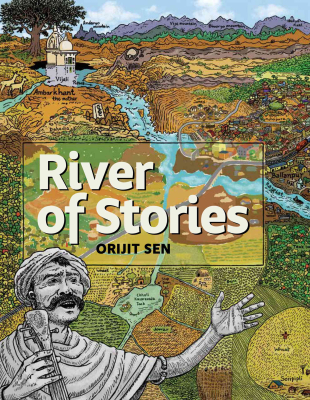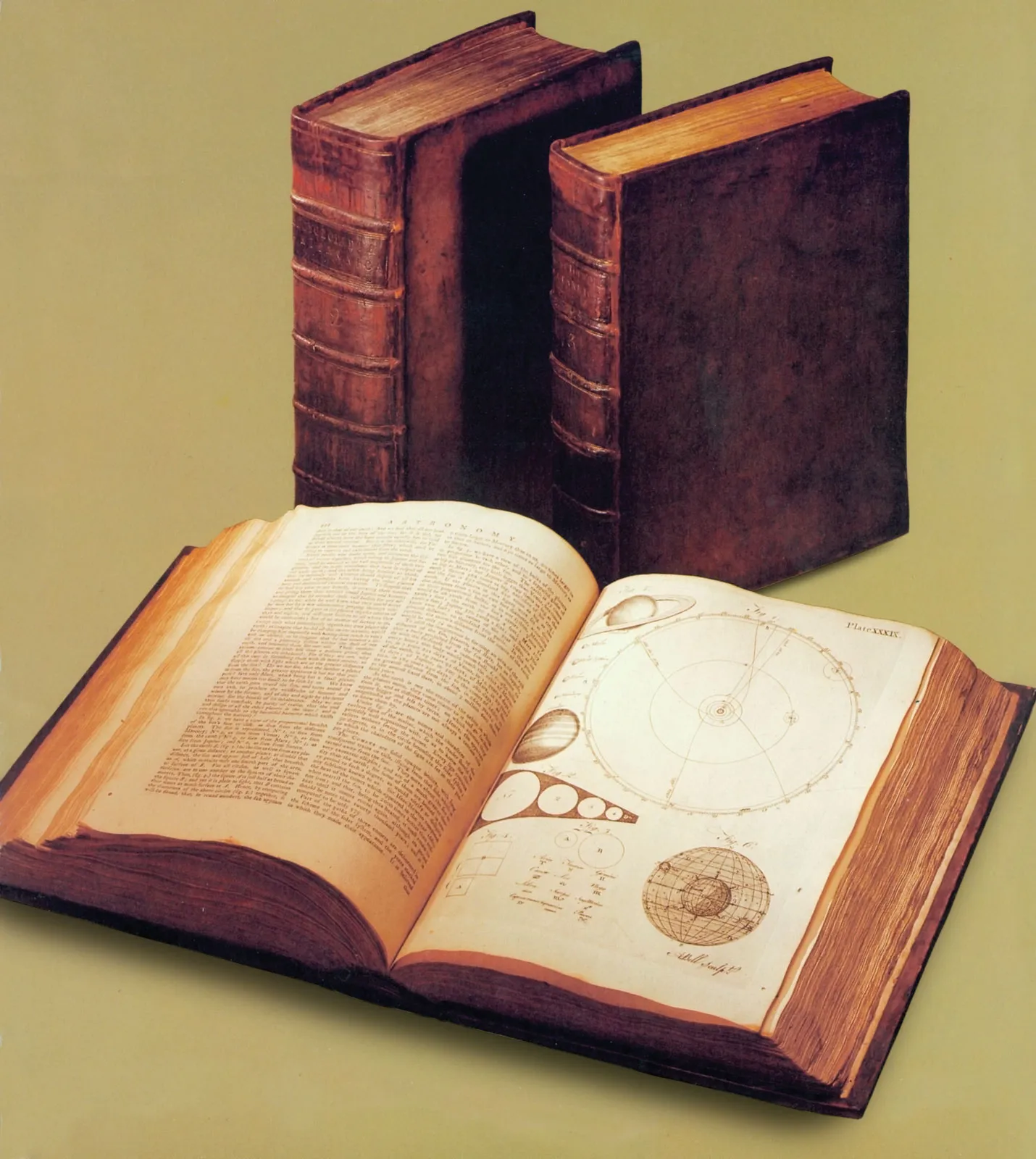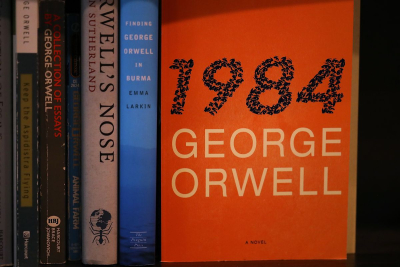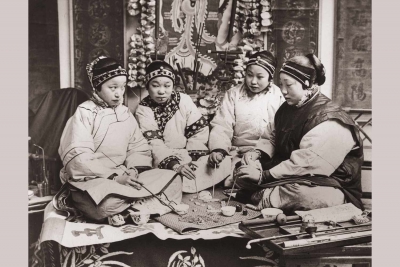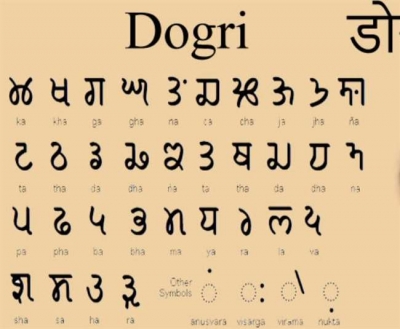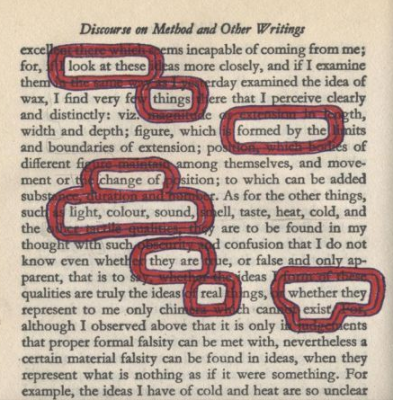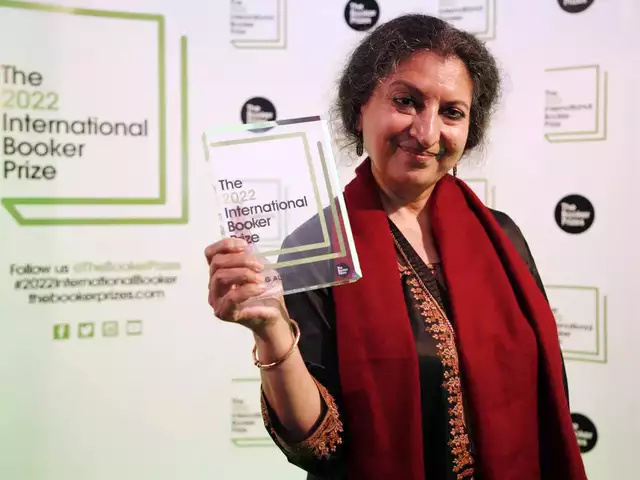Did you know that some famous literary classics almost ended in a completely different way?
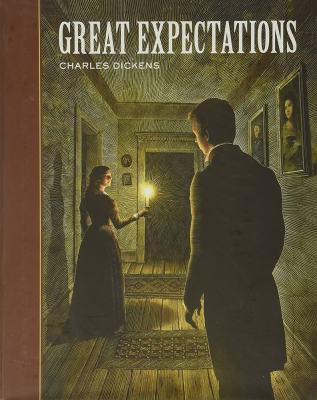
Did you know that some famous literary classics almost ended in a completely different way? If you are fine with spoilers, read on...
Great Expectations
Great Expectations by English novelist Charles Dickens follows the life of Pip, a young orphan who dreams of transcending his humble origins and becoming a gentleman. Through a mysterious benefactor, Pip is granted financial resources, thus fulfilling his aspirations. However, his newfound wealth and status lead him down a path of self-discovery, where he encounters various characters who shape his journey.
Dickens initially penned a bleak conclusion for this masterpiece. However, prior to its publication in 1861, a group of his trusted friends intervened, urging him to reconsider the ending. They proposed a revision that would introduce a glimmer of hope, a chance for the protagonist Pip and his beloved Estella to mend their broken relationship. Although Dickens approached this alteration with a hint of reluctance, he ultimately embraced the suggestion and made the change.
A Farewell to Arms
A Farewell to Arms by American novelist Ernest Hemingway is a novel that was published in 1929. This classic follows the story of an American ambulance driver named Frederic Henry, who serves in the Italian army during World War 1. The book explores important themes such as love, war, and the feeling of disappointment that comes from witnessing the horrors of battle. Hemingway's portrayal of how people respond to tragedy makes this book a significant and enduring piece of literature. Interestingly, Hemingway went through extensive revisions to find the perfect ending for the book. In 1958, he mentioned in an interview that he rewrote the ending 39 times until he was satisfied. However, in a 2012 edition of the book, his grandson Sean Hemingway, shared that he discovered an astonishing 47 different alternative endings to the book hidden within his grandfather's papers.
Rinkitink in Oz
Rinkitink in Oz is a delightful children's fantasy novel written by American author L. Frank Baum and published in 1916. It is part of the famous Oz series, which includes the beloved classic The Wonderful Wizard of Oz It follows the jolly character Rinkitink from the kingdom of Gilgad, who unexpectedly ventures into the magical Land of Oz with Prince Inga and a talking goat named Bilbil Baum wrote 14 Oz books in his lifetime. However, Rinkitink in Oz the 10th book in the Oz series. stands out as a unique entry. Although it is widely regarded as an excellent story, around 90% of the tale unfolds outside of Oz. Only at the very end does Dorothy make a sudden appearance to introduce the heroes to the wonders of Oz The reason for this divergence is quite straightforward the book was originally written as a standalone fairy tale with no connection to the Oz universe, a decade before its inclusion in the series. When in need of a new Oz book and feeling weary after a busy period of writing. L. Frank Baum repurposed Rinkitink's story and reworked its ending to integrate it into the popular series. The great news is that despite its deviation from the typical Oz setting. Rinkitink in Oz is considered one of the finest stories in the entire series.
Persuasion
Persuasion is English novelist June Austen's final completed novel, written after Emma and finished in August 1816, a year before her death at the age of 41 The stony follows Anne Elliot, who is persuaded by her family to decline a marriage proposal from Captain Frederick Wentworth, Years later, circumstances reunite them, compelling Anne to confront her emotions and societal expectations Interestingly, the published ending of the book was not Austen's original one. In James Edward Austen-Lengths A Memoir of Jane Austen, the authors nephew included the "cancelled chapters associated with the book, revealing Austen's first ending of the novel. However, she became dissatisfied with it and rewrote the chapters between July and August 1816. These unique pages are the only surviving manuscript of a novel Austen planned and completed for publication The revised ending, was published in the first edition of the novel in 1818. Since the release of A Memoir of Jane Austen in 1871, both readers and critics have agreed that Austen made the right choice by selecting the altemate ending. It is widely regarded as superior for it offered a greater emotional depth and artistry.
Picture Credit : Google



